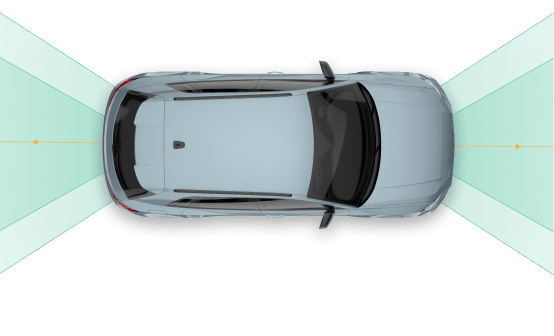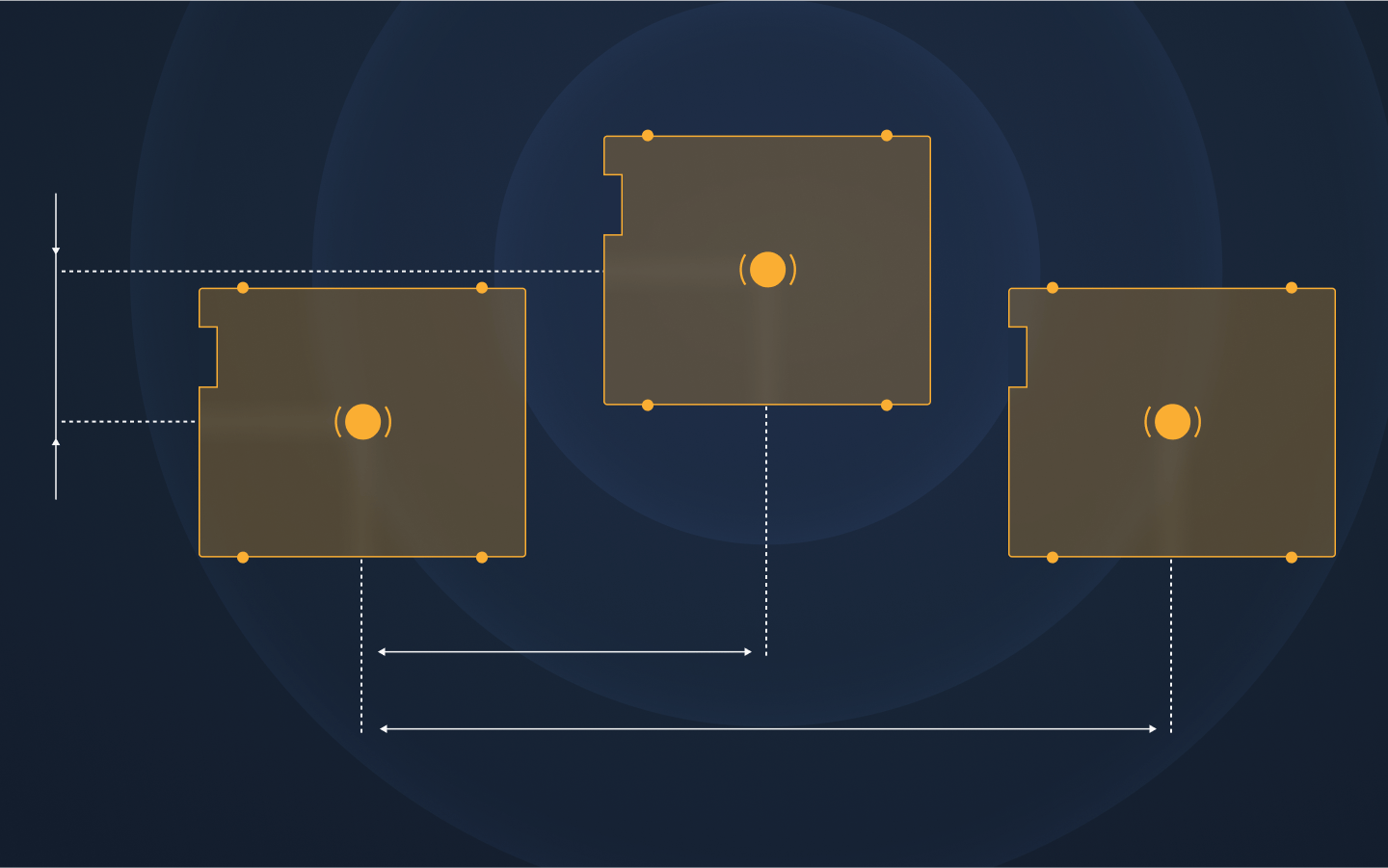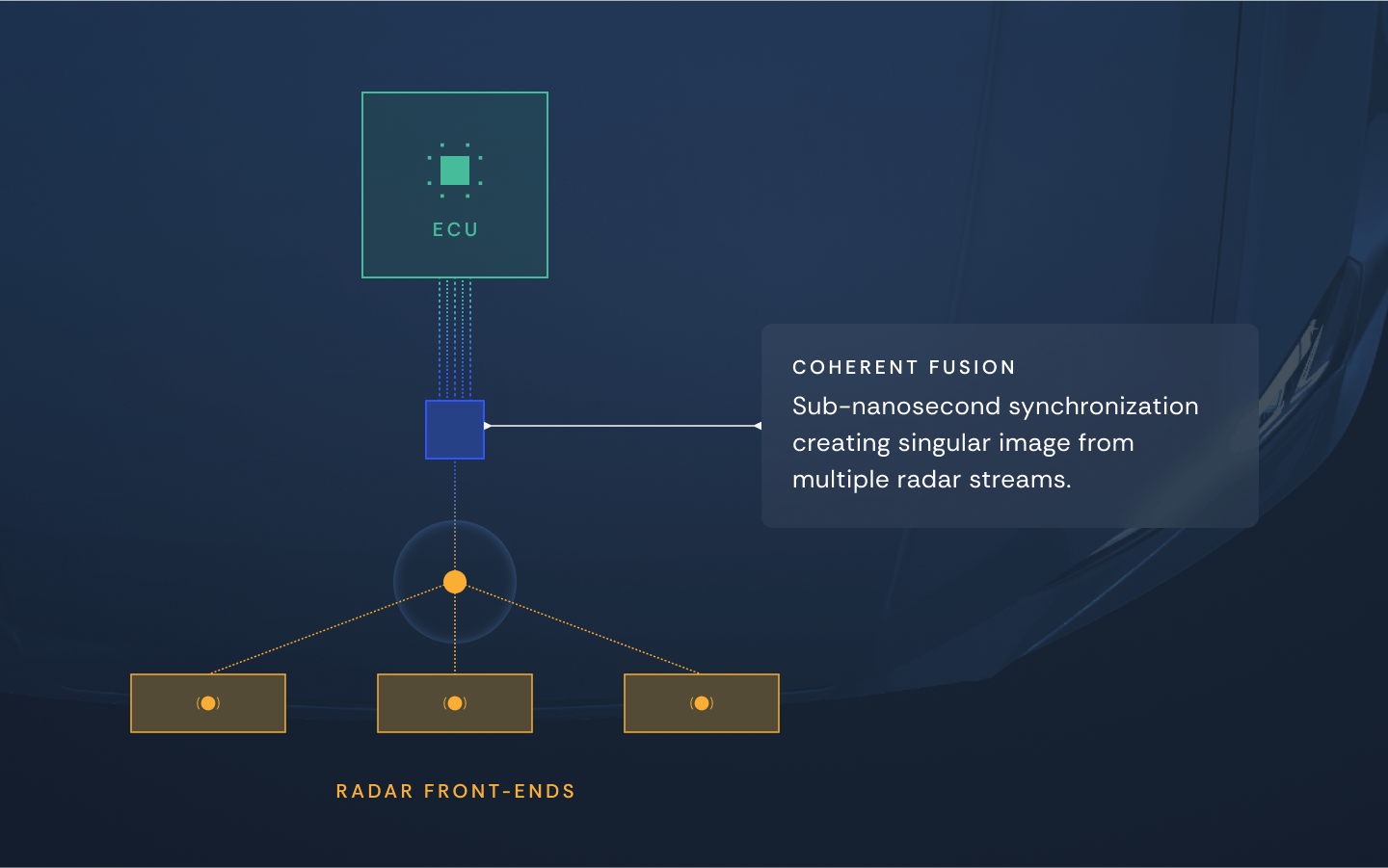Radar Without Limits
Breaking the link between hardware and performance, distributed aperture radar delivers unprecedented resolution and accuracy for next-gen ADAS.



Enabling Safe, Reliable Highway Autonomy for L3 ADAS.
Distributed Aperture Radar delivers the sensing capability OEMs need for high-speed autonomy functions.
(DAR) Distributed Aperture Radar
Aperture, or the size of a radar's antenna array is the main constraint upon resolution and accuracy. In traditional monolithic radar design, this means the size of the sensor is a performance-limiting constraint. Distributed aperture offers an alternative, enabling large virtual apertures using small, low-cost sensors configured in a modular system.
Three one-chip radars configured for distributed aperture

Runs efficiently on standard central and zonal processors


Highway Autonomy Requires High-Performance Radar Resolution and Accuracy


Resources
Dive deeper into Distributed Aperture Radar technology
More Aperture or More Channels? The Path Forward for Automotive Radar
The main limiting factor of radar performance is aperture. Traditionally, enlarging radar aperture has involved high cost and power consumption. Distributed Aperture offers an alternate design paradigm reshaping the future of automotive radar.
Azimuth Resolution Demo | Pedestrian Separation
Elevation Resolution Demo | Highway Driving Under Overpass
Why DAR?
DAR enables the highest resolution and accuracy in automotive radar at a significantly lower cost and power envelope than other high-resolution radars.
10X Resolution
By focusing on what matters the most in radar—aperture—DAR systems can achieve the resolution and accuracy required for modern L3 ADAS systems.
Low-Cost Efficiency
Tier-1 medium-range radars have a track record of reliability and low power consumption. DAR software consumes less than 10% of standard ADAS processor.
Software-Defined
DAR is the only automotive radar solution in which performance is not coupled with hardware. Software processing in a zonal or central compute enables continuous improvement as well as a more efficient radar architecture.
Get even more out of DAR
Distributed Aperture Radar enables higher quality sensing at the raw data level, which enhances the reasoning capability of machine learning based perception. Learn more about Zendar's Semantic Spectrum perception technology.